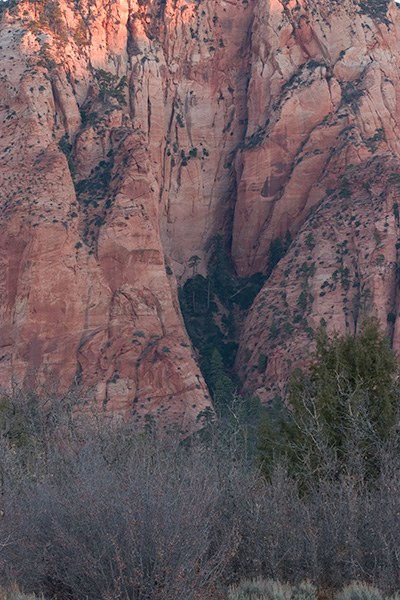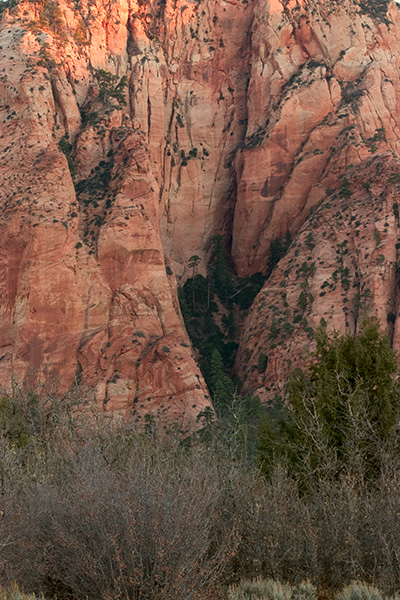Last night I tried processing an image in Lab color space for the first time. If you’re not familiar with Lab, it is the most accurate color space and has a gamut that covers the entire human visual spectrum. There’s an interesting article written by Jeremy McCleary that describes how human vision works and compares it to the Lab color space which is as close of a match as you can come – Human Vision and Digital Imaging.
Basically, Lab separates luminance (think black and white) from color. Similar to RGB, there are three channels. However, with RGB the channels are Red, Green and Blue. With Lab the channels are L for luminance (brightness and darkness), a for magenta green opposition and b for yellow blue opposition.
The advantage of Lab over RBG (or CMYK) is that the luminance can be adjusted without affecting color and vise versa. In RGB changing luminance will affect color saturation; in Lab it doesn’t.
Before and After
I thought I’d share with you before and after of a shot I took recently in Zion National Park. The before image has limited processing in LR (exposure only).
Before
The image lacks punch. It’s flat, it has a blue cast and the colors are washed out.
Now, I’m a novice to Lab processing so don’t rely on what I discovered here but it seemed to work. After converting the image from RGB to Lab (Image > Mode > Lab Color) I created three layers, one for each channel. I created a Curves layer for the L channel and two Levels layers, one for each a and b channel.
I adjusted the L channel first and found that Curves gave me a lot finer control over contrast than Levels did. I turned off the a and b channels while I worked so I was just viewing the luminance. When I got a nice looking BW image I turned the other two channels on and adjusted the a and b channels. The process went surprisingly quickly. Here’s the after image.
After
You can see the image is much improved. The contrast in the sandstone wall is much sharper and clearer. The colors are richer, more intense. Even the greens of the foliage in the cleft of the cliff are clearer.
This image had nothing else done to it besides Lab processing – no sharpening, no local adjustments. But it’s a very good start. It looks like I’ll have to read Dan Margulis’ book.
(1202)



Good post Ralph. I’ve never tried Lab either but it looks like a promising road to take.
I was watching the Galen Rowell/Frans Lanzing video, thanks, the other night and Galen was commenting on the different ways our eyes see compared to the camera. It is another interesting area to pursue to gain a better understanding of how what we see will be translated on to film/sensor.
Roger